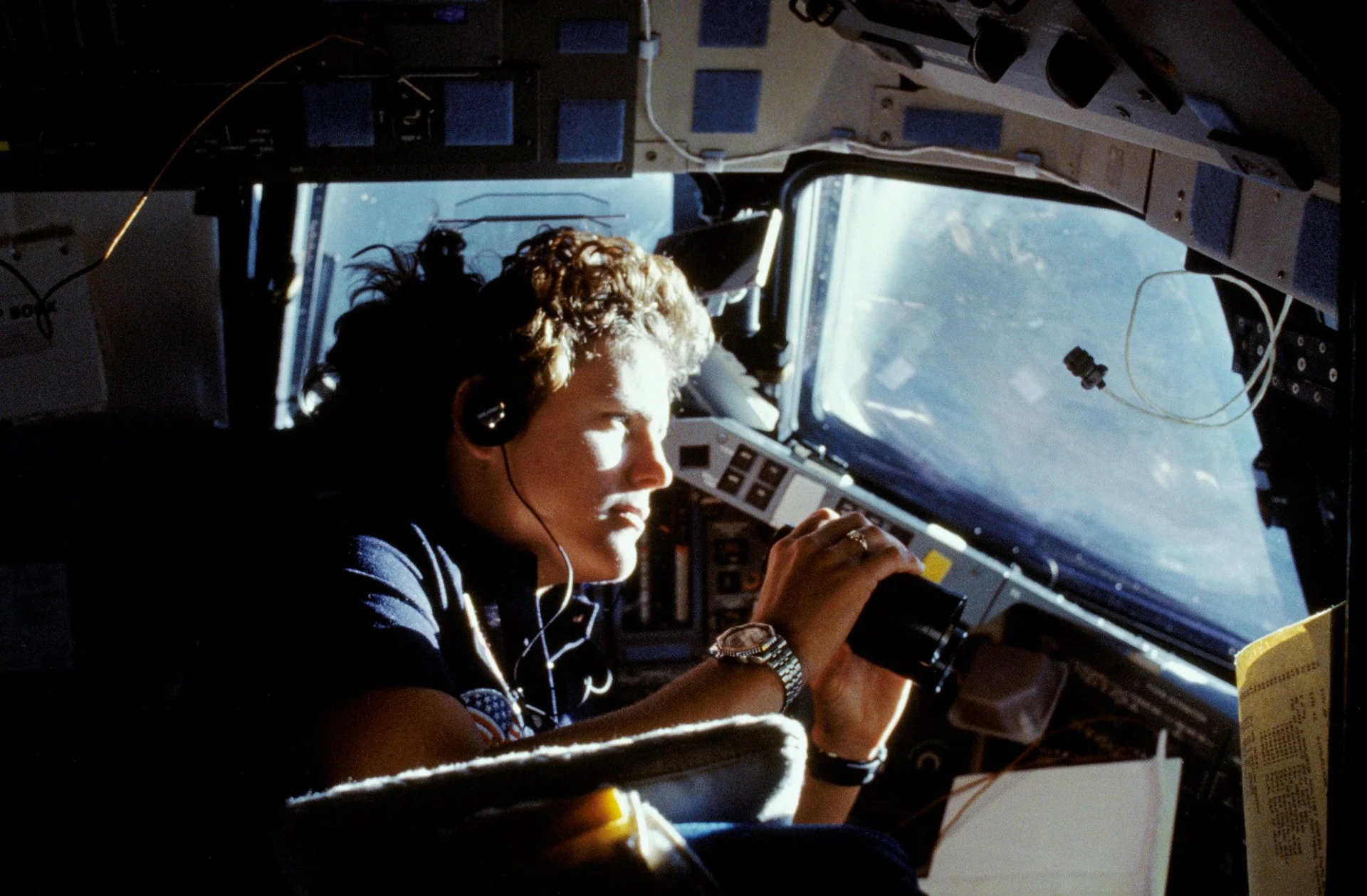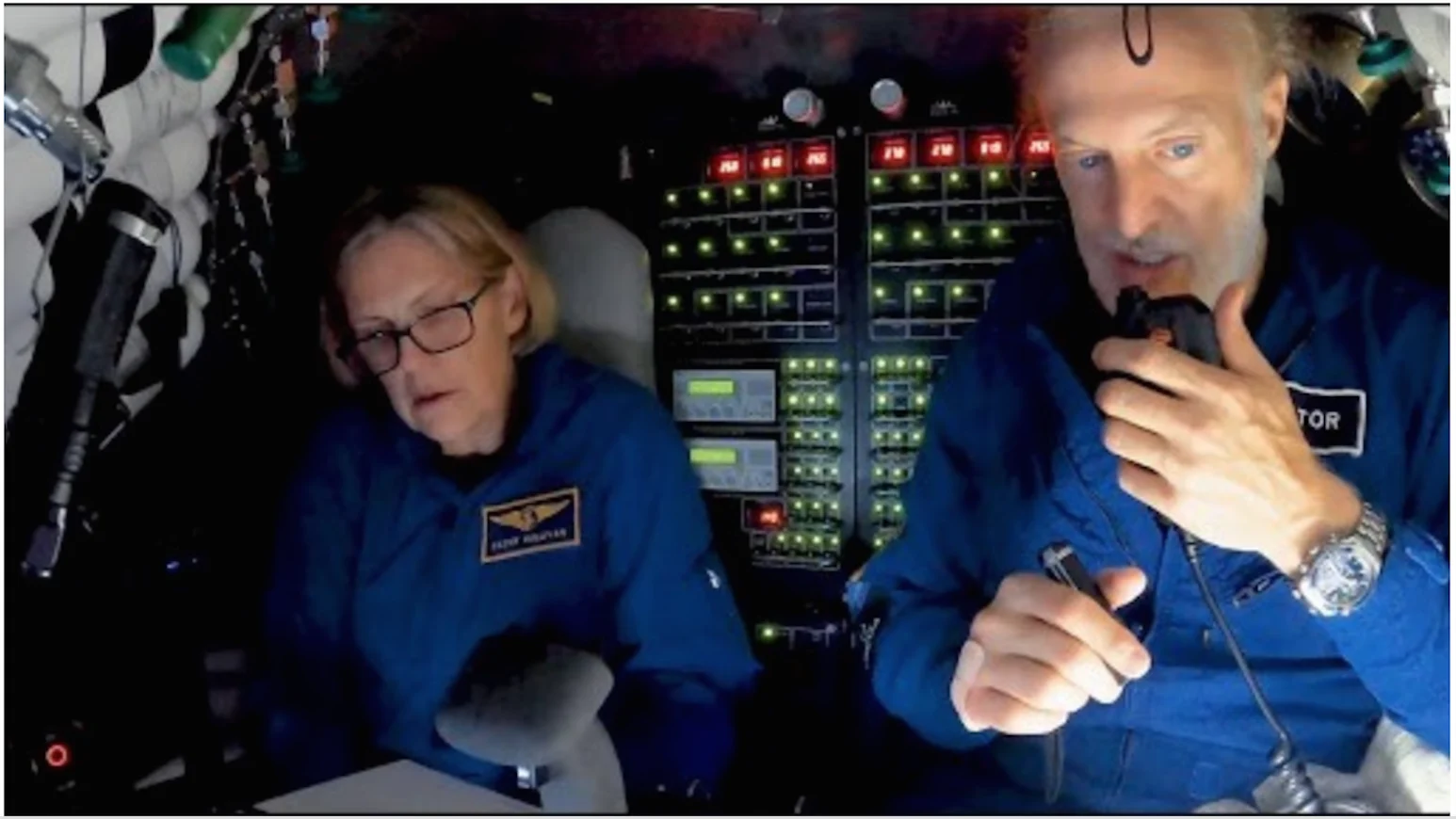
Kathy Sullivan, a woman of extreme firsts: From spacewalks to the deepest dives
Kathy Sullivan is the first American woman to walk in space. She is now the first woman to reach the deepest point of ocean, the Mariana Trench.
That’s one small step for woman, one huge dive for humanity. A literal dive. Kathy D. Sullivan took her first steps in space on October 11, 1984. In 1978, Sullivan was a part of NASA’s first astronaut group that included women, and she’s been a pioneering explorer ever since.
On June 7, 2020, Sullivan boarded the Limiting Factor (LF) and made her way to the Mariana Trench, the deepest part of the ocean. Only seven people had made it to this point, and they had all been men. This small group includes the inaugural two, Don Walsh and Jacques Picard, and our favourite king of the cinematic world, James Cameron.

Kathy D. Sullivan and Victor L. Vescovo. Courtesy: Nick Verola
The LF, which is a two-person (no longer just “two-man” woot woot) submersible vessel that can reach the bottom of the ocean (dubbed the Challenger Deep), can reach depths to almost 11 kilometres. The International Space Station (ISS), is located 409 kilometres above the Earth’s surface. Dr. Sullivan is the only person to have made that 420-kilometre space-to-sea journey.
Dr. Sullivan, who earned her doctorate in Geology from Dalhousie University, flew three space shuttle missions, logging 532 hours in space. Sullivan’s time with NASA only touches the surface of the impact she has had on earth sciences. An endless amount of articles could be written on her work.
Fellow astronaut, John Glenn, summarized her accomplishments in 2014 as a part of her feature in TIME’s 2014 “The 100 Most Influential People” issue, “There may be no better way to appreciate the Earth than to leave it...Only a tiny fraction of humanity gets that opportunity, so when someone does — and also happens to be one of the smartest people around when it comes to earth sciences — it’s good to have her on our side, especially in challenging times.”
Glenn was referring to the 2014 news that Sullivan was appointed administrator for the National Oceanic and Atmospheric Administration. During her time with the government agency, she championed climate change issues, such as increased droughts, floods, typhoons, and tornadoes. Sullivan held this position until the Trump administration took power. But Sullivan is clearly still very active in projects surrounding the advancement of earth sciences.
A fun fact to note is the difference between space and the deep ocean’s environment. The ISS lives in a vacuum of space that consists of zero pressure. The LF hangs out in the very different pressure of around 15,750 per square inch (psi).
While Sullivan was in the deepest of blues, she was able to ring up her astronaut friends currently aboard the ISS. This is what she had to say about that experience, “As a hybrid oceanographer and astronaut this was an extraordinary day, a once in a lifetime day, seeing the moonscape of the Challenger Deep and then comparing notes with my colleagues on the ISS about our remarkable reusable inner-space outer-spacecraft” (EYOS Expeditions).











